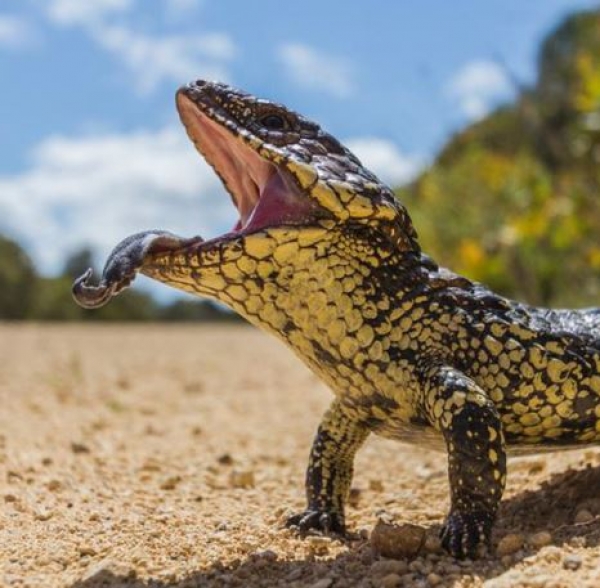The slow-moving Australian sleepy lizard has raised new questions about vertebrate immunity after the surprise discovery of the evolutionary disappearance of genes needed for some T cell production in squamates.
A US-led international research group, including South Australian Museum, Flinders University and other experts, conclude it’s likely that all squamates (snakes and lizards) are missing one set of T lymphocyte cells – paving the way for new research into what these T cells do in other animals, and how squamates compensate for this difference in immunology.
The ‘Skinks Make Do without γδ T Cells’ cover article in the Journal of Immunology compares the sleepy lizard genome to other reptiles and found it likely all squamates have lost one of the two major types of T cells over time.
“Out of all animals, it’s rather odd snakes and lizards have survived without this complete set of disease-fighting cells, so this discovery could encourage further research on what these missing T cells actually do in vertebrates,” says co-author Flinders University Professor Mike Gardner, an expert in the squamate skink Tiliqua rugosa (commonly known as sleepy, bobtail or shingleback lizard).
Read more at Flinders University
Image: Tiliqua rugosa (Photo Credit: M. Gardner)


